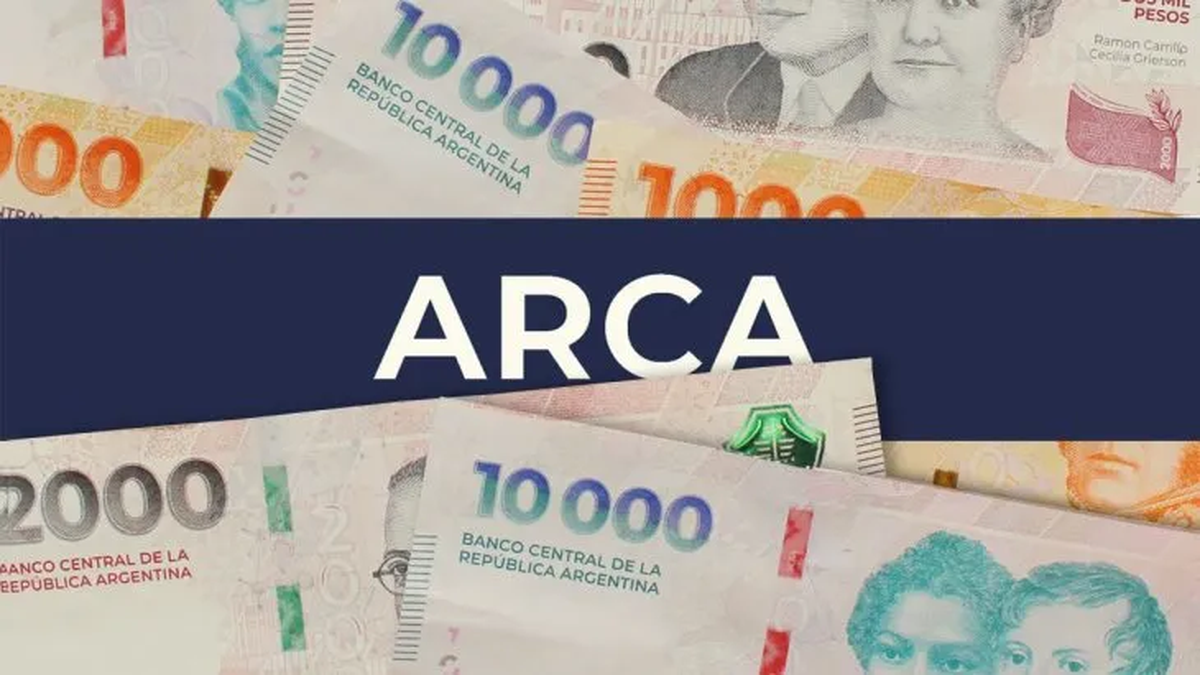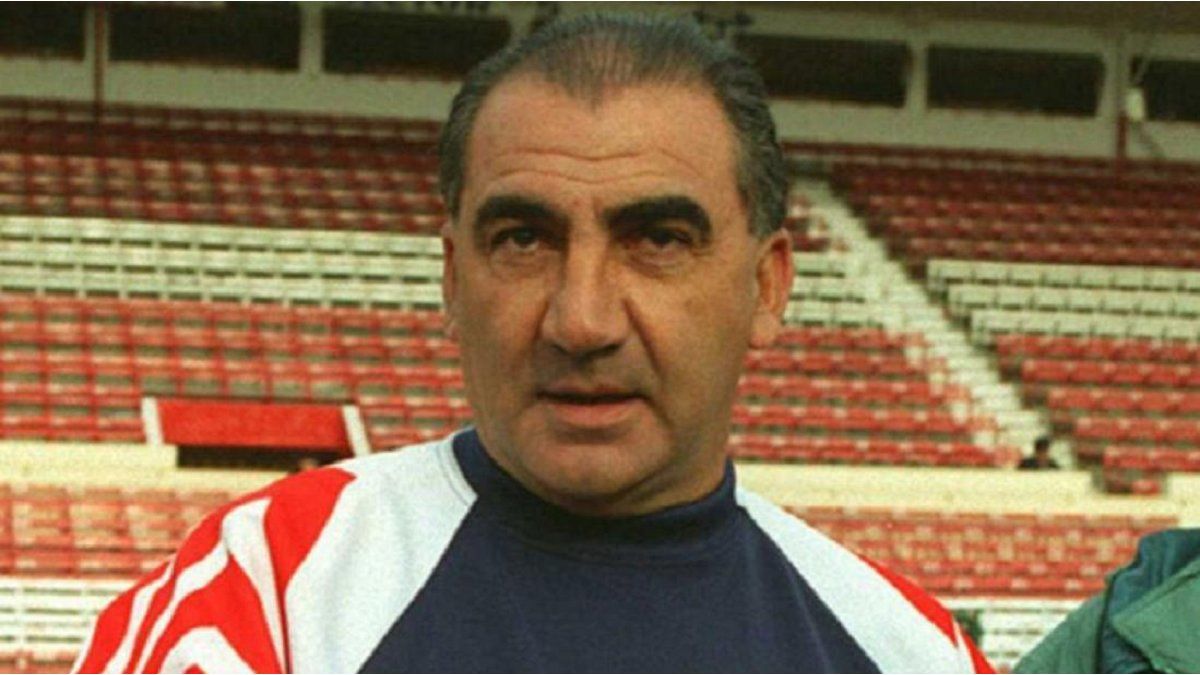Aid organizations are warning of a humanitarian catastrophe in the Gaza Strip, and the USA is also calling for more protection for civilians – now Israel is bowing to the pressure, at least somewhat. The overview.
Israel’s ground offensive in the Gaza Strip leaves hundreds of thousands of Palestinian civilians with few safe havens. In Rafah, on the border with Egypt, so many people sought protection from the fighting that the city no longer has food, electricity or sufficient drinking water for them, as a reporter from the British BBC reported.
In view of growing criticism of the stalling aid deliveries to Gaza and pressure from the USA, Israel has now agreed to use a second checkpoint for trucks carrying aid supplies at the Kerem Shalom border crossing.
Hope for a second border crossing
Israel will begin this in the coming days, the Times of Israel reported, citing a senior government official. This should make it easier to import a larger number of trucks, it said, citing the responsible Israeli Cogat authority. Kerem Shalom is much closer to Rafah than the smaller Nitzana crossing, where Israel has so far inspected the contents of aid transports before sending them to Rafah. Since the beginning of the war, deliveries have gone exclusively through Rafah.
As the Palestinian Red Crescent announced on X, 69 trucks carrying aid supplies drove into the Gaza Strip via Rafah on Thursday. The trucks were loaded with vital supplies. Before the war, 500 trucks a day drove into the area. Aid organizations complain that the transport of trucks carrying aid supplies to Nitzana and back has led to further delays in supplying civilians, something Israel denies.
Israel fears that weapons could be transported to Gaza in the trucks and is therefore inspecting them. If the USA has its way, Israel should reopen the Kerem Shalom crossing completely for the import and export of aid transports, as the “Times of Israel” further reported. The UN emergency aid coordinator Martin Griffiths sees opportunities for this, as he said in Geneva. The UN Emergency Relief Office (OCHA) is still waiting for the green light, but it is now planning convoys from Jordan with relief supplies that will travel via Kerem Shalom.
Kerem Shalom was the border crossing through which most aid flowed into Gaza before the terrorist attack on Israel by the Islamist Hamas and other groups on October 7th. Using Kerem Shalom makes providing care to people in need a little easier, Griffith said. But only an end to Israeli attacks and a ceasefire could ensure the necessary help for the people.
USA sends another warning to Israel
US Secretary of State Antony Blinken again called on Israel to do more to protect civilians in the coastal strip. Israel’s leadership has taken important additional steps in this direction, said Blinken. However, there is still a gap between what he suggested during his recent visit to Tel Aviv and what results can be observed.
For example, it’s not just about setting up safety zones, but also communicating them in such a way that people actually know where, when and how they can flee. In addition, there must be food, water and medicine for the refugees in such security zones. There was “unimaginable loss, destruction and misery” in the Gaza Strip, wrote Cindy McCain, head of the World Food Program, on X. Everyone is hungry.
Israel: Hamas fires from security zones
Israel’s military, meanwhile, said that Hamas had fired rockets at Israel from such “humanitarian security zones.” Meanwhile, Israeli media on Thursday published images of dozens of Palestinians in their underpants arrested in the Gaza Strip. The men’s identities were initially unclear. Israeli military spokesman Daniel Hagari said the districts of Jabalia and Shejaiya in the north of the coastal strip were “strongholds of terrorists and we are fighting against them.”
Anyone who remained in these areas, who came out of tunnel shafts or out of buildings, is being investigated in order to clarify “who has connections to Hamas and who doesn’t.” Everyone is arrested and interrogated, explained Hagari. Meanwhile, house-to-house fighting continues in the southern city of Khan Yunis, which is considered a Hamas stronghold.
The number of Palestinians killed in the coastal area sealed off by Israel has now risen to 17,177 since the start of the war, according to the Hamas-controlled health authority. The number cannot currently be verified, but the UN and other observers point out that the authority’s figures have proven to be overall credible in the past.
US imposes sanctions over Houthi attacks
Meanwhile, the US government has imposed sanctions in response to attacks on merchant ships in the Red Sea by Iran-backed Houthi rebels. These were directed against 13 people and entities that the US accuses of supplying the Houthis with money from the sale and shipment of Iranian goods, the US State Department said.
What will be important on Friday
Following the urging of UN Secretary-General António Guterres, the UN Security Council wants to take another look at the situation in the Gaza Strip. The meeting is scheduled for 4 p.m. CET. The United Arab Emirates presented a new draft resolution calling for a ceasefire. However, similar initiatives have so far failed due to resistance from the USA.
Source: Stern
I have been working in the news industry for over 6 years, first as a reporter and now as an editor. I have covered politics extensively, and my work has appeared in major newspapers and online news outlets around the world. In addition to my writing, I also contribute regularly to 24 Hours World.




